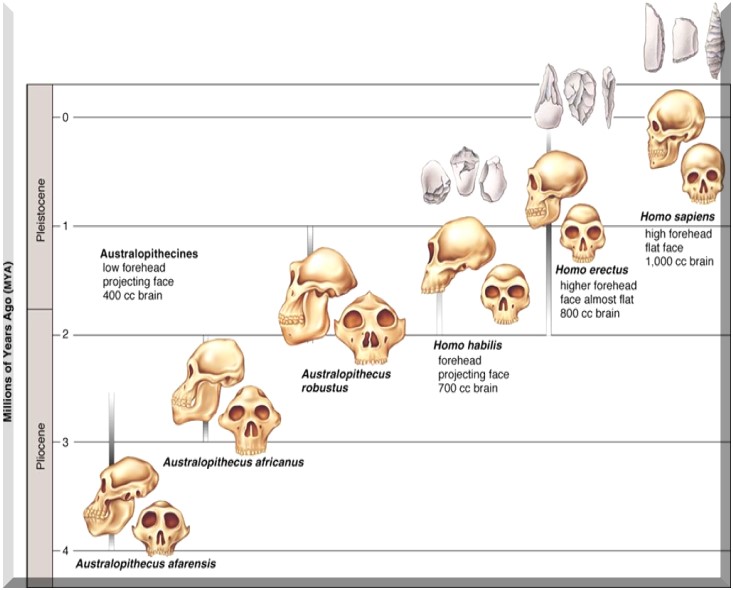MGSLG. (2020). Module 2 Unit 3
What is used as evidence for common ancestors for living hominids?
Evidence
of common ancestors for living hominids, including humans
The term ‘Homo’
refers to the genus and means ‘human’.
Studies of human evolution must include hominids such as the
Australopithecines, as it is theorized that the Homo genus diverged (split) from them about four million years ago
in Africa. Scientists have estimated
that humans branched from their common ancestor with the chimpanzee about five
to six million years ago. Other species
of Homo like Homo erectus and Homo
neanderthalensis have all become extinct.
Substantial fossil proof exists to explain hominid evolution, although
it is not enough to make specific conclusions.
The poster below was constructed by Wits university to explain human
ancestry to students:
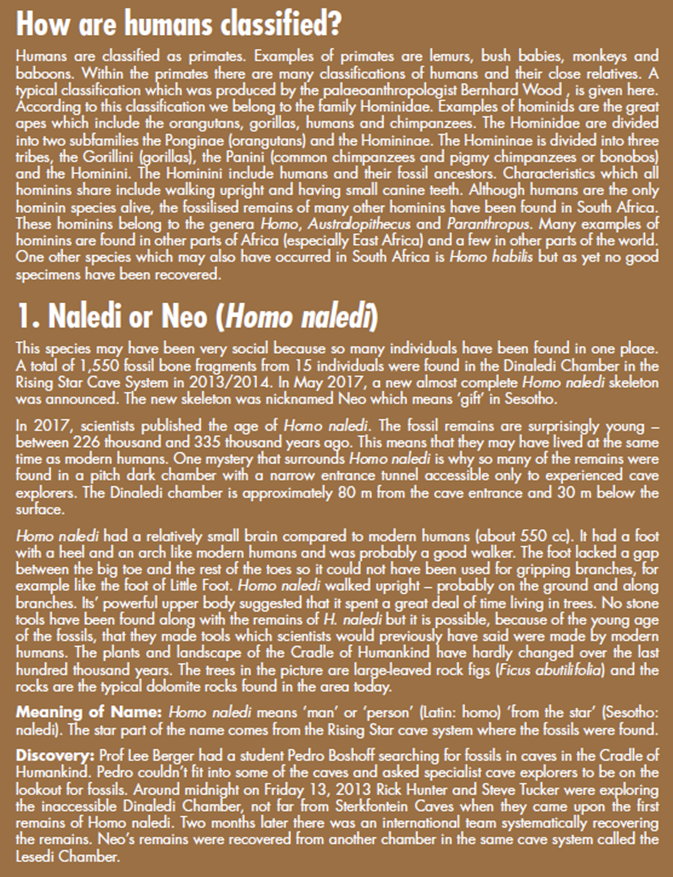
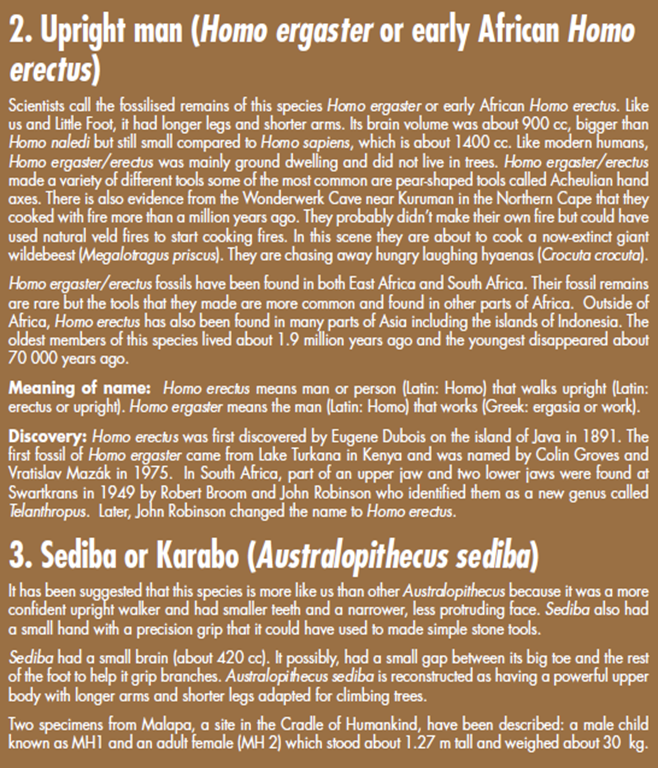

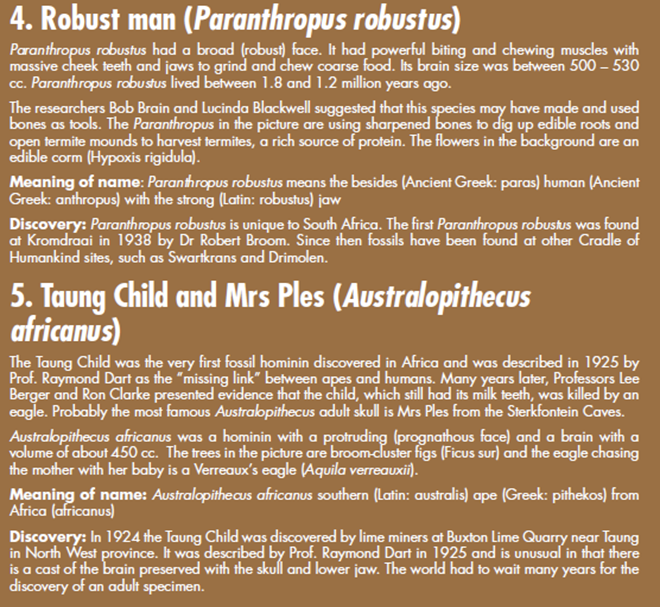
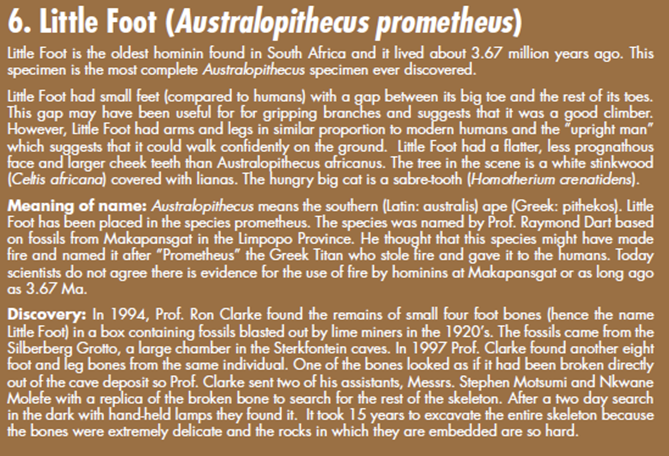

Following
is the evidence that is used to explain human evolution:
3.1: Fossil evidence:
- Archaeologists
have provided fossil evidence to
prove that relationships existed between the Early Stone Age cultures in Europe
and Northern Africa
- Discoveries in South Africa, Kenya and Zimbabwe have been used to prove and validate that Africa was the home of early man
- Fossil sites in Africa:
Fossil records:
3.2: Genetic evidence:
- Mitochondrial DNA: MtDNA is the smallest chromosome located in the mitochondria and forms part of the organisms’ genome. In most species, mtDNA is inherited from the mother (maternal inheritance). The sequencing of the mtDNA shows a link in phylogenetics and evolutionary relationships between species. The age of the common ancestral mtDNA can be estimated to have existed approximately 140,000 to 290,000 years ago linking humans to Mitochondrial Eve.
- The
earliest hominids to use simple tools known as Oldowan stone tools, were
Homo habilis that lived around 2.6 Ma
and signifies the start of the Stone Age
- Homo habilis fossils have been found in many parts of
Africa with tools that were made of stone and used to aid hunting and cutting
of food
- Homo erectus developed more advanced tools that included
sharpened stones placed on wooden handles, like an axe
- They
were also the first species to use flints and quartzite to make
fire
- Later
fossil evidence shows tools like scrapers probably used to clean animal
skins, slicers and needles used to sew animal pelts into the first form
of clothes
- From this point, tools progressed to knives and blades used by the Neanderthals used for hunting and protection
- Fossil evidence shows that as the different species developed larger brains and greater intelligence, so their tools became more complex.
